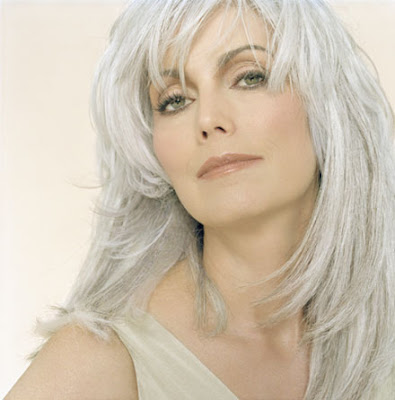 I woke up this morning having a “Laurel Canyon” moment. For those of you who don’t know what that means, I’ll explain. Laurel Canyon is a canyon neighborhood of Los Angeles that became famous (and infamous) in the sixties for being a nexus of counterculture activities and attitudes.
I woke up this morning having a “Laurel Canyon” moment. For those of you who don’t know what that means, I’ll explain. Laurel Canyon is a canyon neighborhood of Los Angeles that became famous (and infamous) in the sixties for being a nexus of counterculture activities and attitudes. I didn’t live in California in the sixties, but I knew all about Laurel Canyon. It was a eucalyptus-scented, mystical, magical, almost mythological geographical spot in the history of pop music. And it was home to many of L.A.’s folk and rock musicians, like Frank Zappa, Jim Morrison, Carol King, members of The Byrds and Buffalo Springfield, Glenn Frey and Don Henley of The Eagles, Cass Elliot of The Mama’s and the Papa’s, British blues legend John Mayall, and many more. Back in the day, I saw them all.
Joni Mitchell lived in the Canyon then, in a home that was immortalized in the song “Our House,” written by her then-lover Graham Nash, of Crosby, Stills, and Nash. Laurel Canyon was the inspiration for Joni’s third album, “Ladies of the Canyon,” released in 1970.
In 1970, I had just graduated from high school and moved into my first apartment. It was decorated in the bohemian free spirit-meets yard sale-meets college freshman style, which is to say, a mattress on the floor draped with an exotic, batik bedspread, beaded curtains, and a gigantic poster of Jimi Hendrix burning his guitar, mixed with a herculon, early American sofa, an avocado green leatherette chair, and a cheap, fiber-board bookshelf that held a set of Encyclopedias. Patchouli candles burned everywhere.
I’d wake up on Saturday mornings, drink Chamomile tea, eat homemade granola, and turn on Joni Mitchell’s “Ladies of the Canyon.” I’d gaze out the kitchen window and daydream of California…the bohemian lifestyle, the perfect weather, the ocean, and the music. Then I would dress in a flowing skirt and clunky Earth Shoes, put on lots of colorful beads and a big straw hat, and meet friends at the Babylon Café for a vegetarian meal of lentil and sweet potato stew, sautéed kale, and couscous. After lunch, we’d walk to Overton Park, sit around on Indian blankets, discuss art, literature, politics, social issues, and of course, music. Someone always had a guitar, bongos, and a tambourine. We may have been in Memphis, TN, but the moment was so Laurel Canyon.
A few years ago, while visiting L.A., I drove down the precipitous hills and serpentine roads into Laurel Canyon. My mind drifted back to a time when rock legends were struggling musicians jamming on the steps of crumbling canyon bungalows instead of instantly famous but quickly forgotten American Idols. The Canyon was as mystical and magical as I expected it would be. It seemed so familiar, almost as if I’d been there before. And I had been, if only in spirit…
This morning the sun was bright and the air refreshing. I threw open the windows, lit a white peach and patchouli candle, practiced yoga for thirty minutes, and sipped a cup of Chamomile tea while listening to “Ladies of the Canyon.” Instead of the usual black top and pants, I put on a colorful sarong, an armful of silver bangles, and dangly turquoise earrings. Then I went to the farmer’s market and bought fresh vegetables for dinner, and a big bunch of daisies.
Now it’s late afternoon. The sun is melting into the horizon like a glob of golden butter and I’m relaxing in my backyard in Dallas TX. But when I close my eyes, I see the winding road dappled with sunlight through the trees, feel the breeze, smell the eucalyptus, and hear the echoes of music’s past drifting through the Canyon. The sensation is familiar and mystical and magical, almost like I’m there. And I am, if only in spirit….
C
























